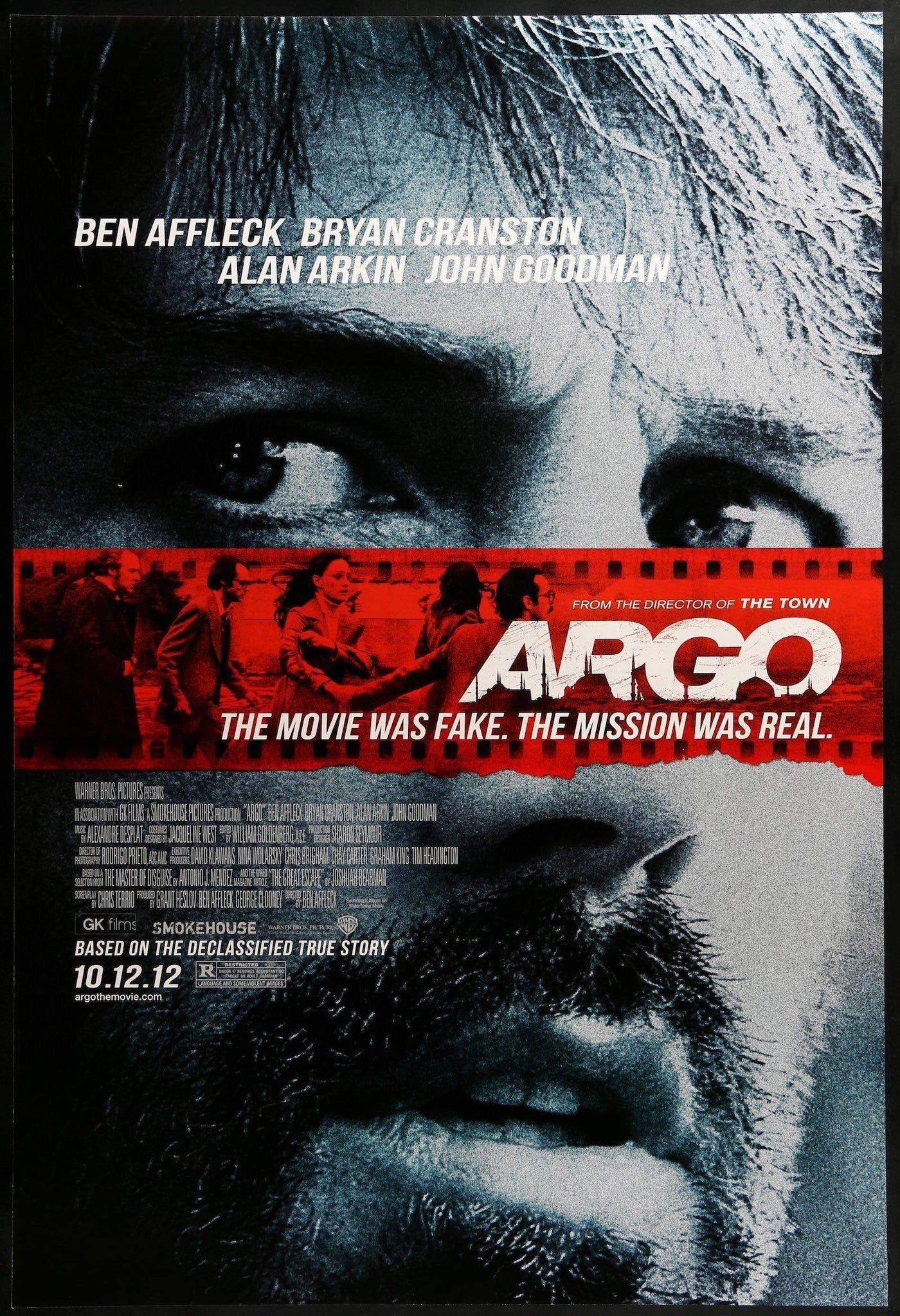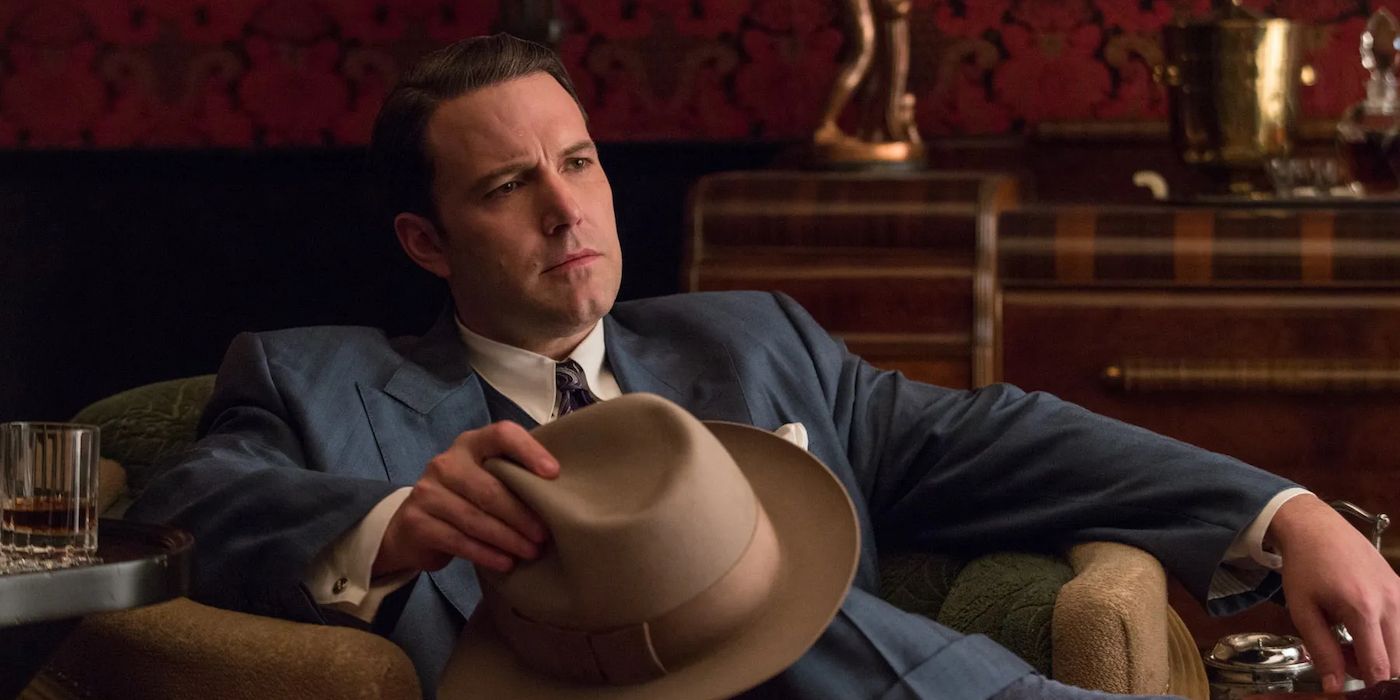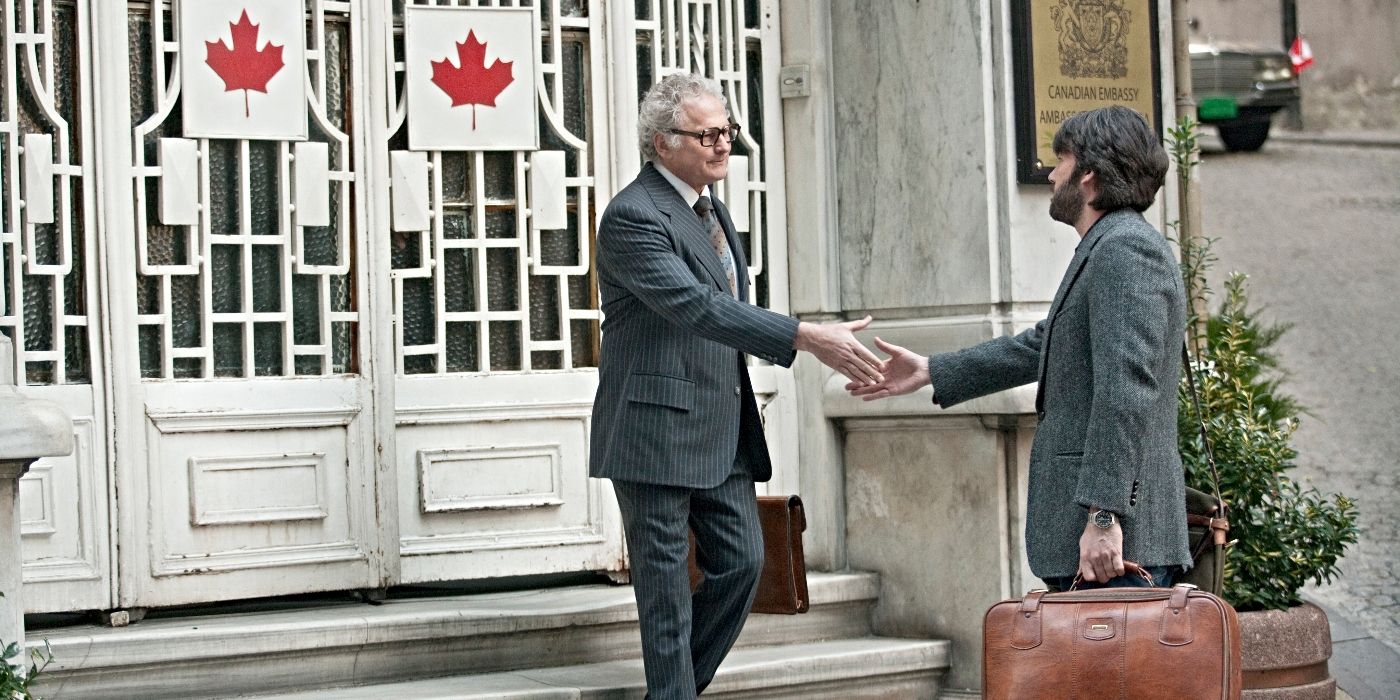The Big Picture
- The film
Argo
, based on a true story, portrays the mission to rescue American diplomats held hostage in Tehran in 1979. - The final stage of the escape in
Argo
is far more Hollywood an interpretation than what happened in real life. - Canadian involvement in the mission went significantly unacknowledged in
Argo.
Ben Affleck‘s Argo, the 2013 Academy Award winner for Best Picture, claims to be based on a true story, but with a storyline that seemingly could only have come from Hollywood. The CIA sets up a phony film production company, and, under the pretense of filming Argo, a “science fantasy adventure,” make their way into a volatile Iran to free six U.S. embassy staff in 1979. And against all odds, it works. Seriously? Yep. Just like it did in real life, more or less. But just how much more, or less, accurate is the recounting of events in Argo?

Argo
Acting under the cover of a Hollywood producer scouting a location for a science fiction film, a CIA agent launches a dangerous operation to rescue six Americans in Tehran during the U.S. hostage crisis in Iran in 1979.
- Release Date
- March 22, 2012
- Runtime
- 120 minutes
- Main Genre
- Biography
- Writers
- Chris Terrio , Tony Mendez , Joshuah Bearman
- Tagline
- The movie was fake, the mission was real.
What Happened to the ‘Argo’ Hostages?
On November 4, 1979, Islamist students stormed the U.S. embassy in Tehran, Iran, taking most of the American embassy personnel hostage to demand the return of the Shah from the U.S., with “most” being the operative word. Six diplomats managed to escape with Mark Lijek, with one of the six escapees, citing how realistically Argo captures the moment. “It was almost the first time I’d thought deeply about what it must have been like for the 50 or so Americans in the main building. Those scenes were quite difficult to watch.” It’s after this scene that Argo starts taking creative liberties, as Lijek recalls that the escapees — himself, Cora Lijek, Bob Anders, Lee Schatz, and Joe and Kathy Stafford — didn’t all end up at Canadian ambassador Ken Taylor‘s home but were, rather, split between the Taylor home and the home of another Canadian official, John Sheardown. Nor were they in lockdown, as Sheardown’s home had an interior courtyard where they could wander around (Lijek adds that it “is true we had little to do except read books and play Scrabble. We drank quite a lot too.”)
The plan to get them out, as outlandish as it was, is mirrored quite accurately in the film. CIA officer Tony Mendez (Ben Affleck) came up with the idea to pass the six Americans off as a Canadian film crew and reached out to Hollywood make-up artist and CIA contractor John Chambers (John Goodman). A quick aside: in the movie, Mendez is inspired by watching Battle for the Planet of the Apes, and although nothing is denying that account, there’s nothing that verifies it either. The connection to Planet of the Apes lies with Chambers, who produced the masks for the first film (and one more quick aside: Lester Siegel, played by Alan Arkin, is not a real person, but a composite of several people).

The Ben Affleck Post-Oscar Movie That No One Saw (But Should)
Ben Affleck’s crime drama might not have lit the box office on fire, but it’s worth a watch.
The pieces put in place to sell the ruse to the Iranians left no detail unturned. A fake movie production company, Studio Six Productions (six Americans, clever), set up offices on an old Columbia Studio lot, had business cards created with a Studio Six Productions logo and a phone number that was routed to those in on the plan (think True Lies). They even set up script readings (there was an actual script for Argo sitting in a slush file, perfect, thanks to the setting requiring a desert). Trade ads went out to the press, with papers like The Hollywood Reporter and The Daily Variety inadvertently aiding the cause without knowing anything about its real intent. The CIA account goes on to state that the planning was so detailed that actual producers, including Steven Spielberg, sent in film proposals.
How Easy Was the Real-Life ‘Argo’ Mission?
After President Jimmy Carter approved the plan, Mendez and another specialist headed to Tehran with Argo merch and alias documentation to meet up with the six, dubbed the “Canadian Six.” Canada had already shipped false passports and forged travel documentation to the Canadian Embassy in anticipation. In the film, Mendez’s plan is a harder sell to the six, but as CTV News cites, there was no objection to the plan to pose as a Canadian film crew, and it was the preferred plan over two others that were also presented to them. In the previously cited BBC article, Mark Lijek confesses to being on board right away, and said of the plan, “I thought it had the right amount of pizzazz. Who but film-makers would be crazy enough to come to Tehran in the middle of a revolution? I had no problem pretending to be in the movie industry.”
Once on board, the Americans had some fun getting “into character” so that they would be comfortable and confident when they went to the airport. In the film, the six test out their characters by going on a location scout. In reality, they didn’t, as it would have been far too dangerous to do so. Instead, as per the CIA account, one of the diplomats, fluent in Farsi, conducted a mock interrogation to prepare them for a worst-case scenario.

Truth Is Better Than Fiction for Ben Affleck
Forget Batfleck. Ben Affleck shines when he plays real-life people.
The final scene of Argo is the farthest removed from the actual events. In the film, their tickets on a Swissair flight were canceled and had to be rebooked, the new ticket reservations were confirmed at the last second, and the false departure documents didn’t have matching arrival forms. A confrontation with Iranian officials poses yet another obstacle, and almost derails the escape when the head guard’s call to the fake production company doesn’t get answered until, you guessed it, the last minute. The escapees get on board the plane, which takes off with airport authorities, armed no less, chasing them down in a futile attempt to stop them. In reality, the final stage of the escape was far, far less Hollywood. In Lijek’s recollection, the CIA already knew the Iranian border authorities rarely made attempts to reconcile documents, and there were very few Revolutionary Guards even around the airport at the 5:30 am fight time. They got on the plane without any issues (and certainly without armed guards chasing them down), flew to Zurich, and were taken to the U.S. ambassador’s residence. Project Argo was successful and, thankfully, free of the Hollywood stakes of the film.
How Accurate Is ‘Argo’?
In Argo‘s defense, there are elements of the film that are at odds with actual events simply because the CIA didn’t declassify documents related to the event until 2014, well after Argo‘s 2012 premiere. And never say the CIA doesn’t have a sense of humor, as they took to their official Twitter (X) account to lay out what was “Reel” versus what was “Real” to celebrate the 35th anniversary of the event. It confirms that the diplomats were in separate places, but adds that one slept on the floor of the Swedish embassy before making his way to the Canadian Ambassador’s home. Two CIA officers accompanied Mendez, not just one, and the six were hidden for 79 days. In the film, the mission is called off the night before their departure, but in real life, Carter had already granted his approval, and the details were approved by policymakers in Ottawa and DC. There are a few others in there — do check it out — and the CIA confirmed that once the plane cleared Iranian airspace, the Americans cheered and celebrated. What the film did leave out? A round of celebratory Bloody Marys.
‘Argo’ Downplays Canada’s Involvement in the Mission
The differences between fact and film are, for the most part, hardly egregious, except for one: Canada’s involvement. The role of Canada and the Canadians involved in the “Canadian Caper” are significantly downplayed in the film. Even President Carter ceded the fact in an interview with CNN’s Piers Morgan, saying the film didn’t acknowledge that “90 percent of the contributions to the ideas and the consummation of the plan was Canadian.” A friend of Ken Taylor, Toronto lawyer Ralph Lean, sums it up as “the movie gives all the credit to a CIA officer who wasn’t even in Iran during the first months of the crisis.” Taylor was not happy with how he was portrayed in the film but, to Affleck’s credit, he called Taylor directly to say that he would address any issues Taylor had with the film.
True to his word, Affleck removed the original postscript in the movie, which implied that Canada took the credit solely for political reasons and that Taylor did not deserve the 112 citations he received. It was replaced with a new postscript: “The involvement of the CIA complemented efforts of the Canadian embassy to free the six held in Tehran. To this day, the story stands as an enduring model of international co-operation between governments.” It was an undeniably classy and smart move on Affleck’s part. We Canadians are a forgiving bunch, but we have hockey sticks and aren’t afraid to use them. All said and done, Argo doesn’t stray too far from the real story. And when the real story is as crazy as the “Canadian Caper,” it doesn’t have to.


